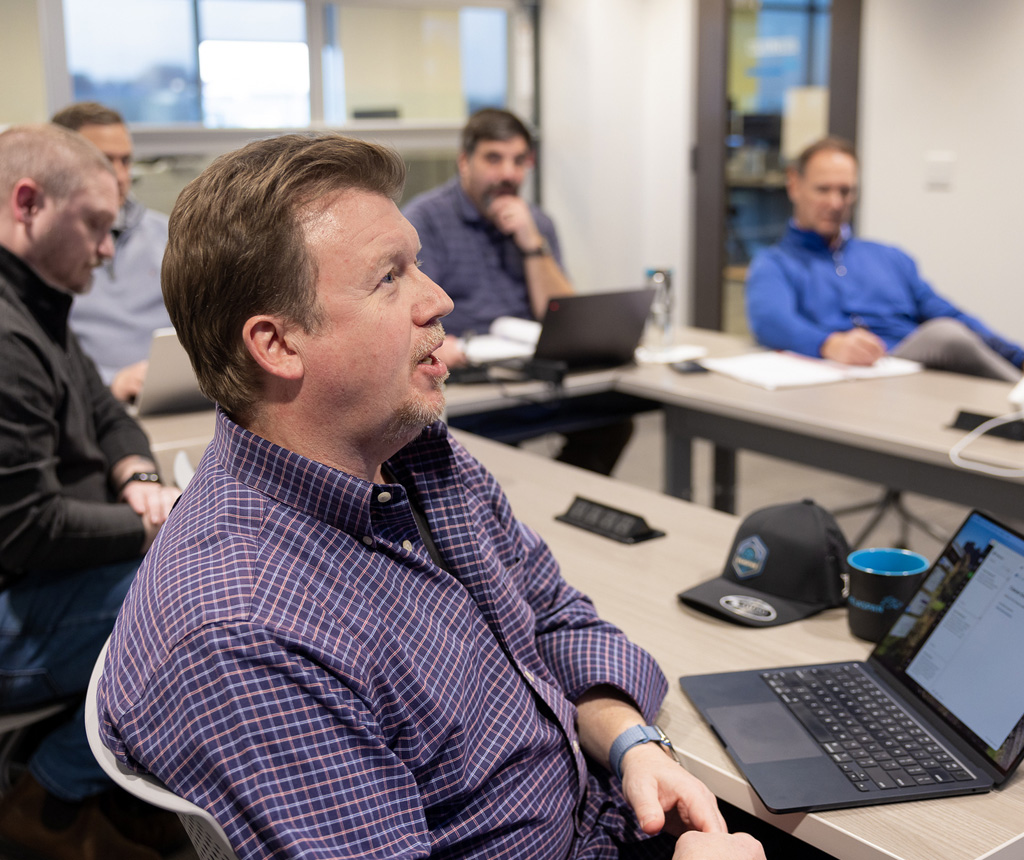By Scott Hawk, Velaspan CISO and Cybersecurity Strategist
On the ever-evolving cybersecurity landscape, where threats loom large and breaches can breed catastrophe, organizations must proactively safeguard their assets.
Two key elements in this endeavor ideally work in tandem: Governance, Risk, and Compliance (GRC) and Managed Detection and Response (MDR). All too often, though, MDR offerings are assumed to have been based on a documented set of security requirements, perhaps even a formal GRC program when, in actuality, they were created in a vacuum. Frankly, our team at Velaspan just doesn’t see MDR providers begin the scoping process with a GRC-related discussion – a glaring and high-stakes misstep.
Put another way, while every security provider recognizes the importance of GRC in bolstering an organization’s security posture, there’s often a disconnect between it and MDR security technology. To bridge this gap, organizations must prioritize – even insist on – the integration of GRC principles into their MDR strategies.

Below, we’ll outline five ways businesses benefit when they do. But understanding why GRC and MDR go hand-in-hand starts by understanding their differences:
A GRC program outlines policies, procedures, and regulations that guide operations, mitigate risk, and ensure compliance with legal requirements – whereas MDR specifically addresses threat detection, incident analysis, and response capabilities via software purchased from and configured by specialized service providers. GRC could be thought of as a playbook for MDR. When paired effectively, the two offer businesses valuable advantages:
Advantage 1: Cybersecurity in Service of a Business’s Needs and Goals
One of the fundamental goals of cybersecurity is aligning security controls with a business’s specific profile. After all, mitigating risks and ensuring compliance cannot be done at the expense of, or in the absence of, business objectives.
A GRC program helps strike this balance by providing a framework for aligning cybersecurity efforts with a business’s specific goals. Our team at Velaspan can often unearth these goals by understanding which use cases are important to the organization. Use cases shared with us typically reflect the outcomes, risk profile, and tolerance that a business should and will operate under, helping us roll out MDR accordingly.
Advantage 2: True Risk Protection
Speaking of risk, understanding a business’s vulnerabilities is paramount in today’s interconnected world. Cyber threats come in many forms; organizations must assess and prioritize risks to allocate resources effectively. This is, yet again, a case for GRC. By integrating GRC programs and practices into MDR solutions, organizations can build cybersecurity controls that are tailored to their specific risk profiles.
Advantage 3: Comprehensive Solutions, Not Mere Toolsets
MDR provides a holistic approach to threat detection and response – a reality that’s dramatically enhanced when guided by GRC principles via a GRC program. Without an integrated GRC/MDR approach, organizations can succumb to the false belief that more tools equate to better protection. In reality, the effectiveness of security measures lies not in the sheer number of tools but in their strategic deployment and integration.
Advantage 4: Balanced Speed and Security
In today’s fast-paced business environment, there’s constant pressure to innovate and deliver results quickly. However, this need for speed must be balanced with the imperative of maintaining robust cybersecurity measures. A GRC program helps organizations navigate this delicate balance by ensuring that security protocols are not hindrances but rather enablers of business agility.
For example, in the early days of cybersecurity, it was expensive and difficult for companies to set up Virtual Private Networks (VPNs). It quickly became apparent, however, that the security controls needed to make VPNs possible also allowed more information to be available in more places. This reality made it possible to get more done in unconventional and even unforeseen environments – in a snowstorm, or from a remote place – which made business as a whole move faster and justified the investment.
Advantage 5: Leveraging Cybersecurity for Business Advancement
Contrary to popular belief, cybersecurity isn’t just a cost center – it can also be a strategic asset. By implementing robust and complementary GRC frameworks and MDR solutions, organizations enhance their ability to innovate and expand into new markets. Cybersecurity also facilitates the swift flow of information and decisions.
In conclusion, the integration of GRC principles is indispensable to MDR. By aligning cybersecurity controls with business needs, prioritizing risk management, and striking a balance between speed and security, organizations can enhance their resilience against evolving threats and boost business overall. After all, GRC isn’t a separate or dispensible component of cybersecurity—it’s the guidebook that ensures the effectiveness and relevance of MDR solutions in today’s dynamic threat landscape.
Has your organization adopted GRC principles into your MDR strategy? Need some guidance? Reach out, we’re here to help.

